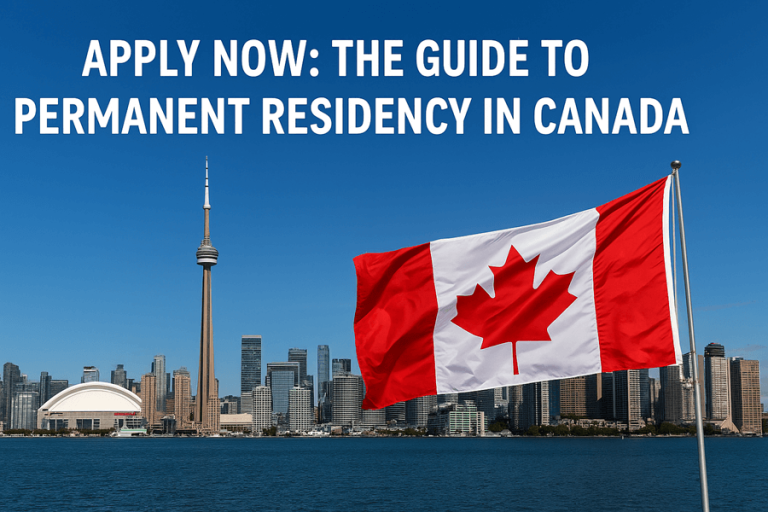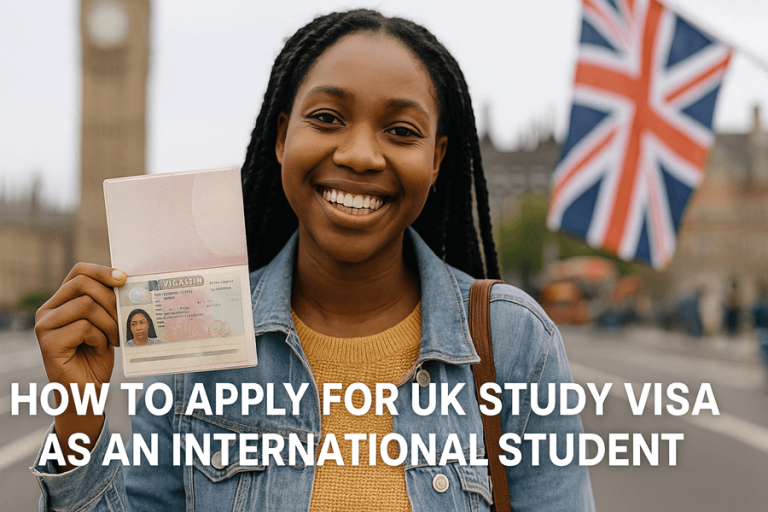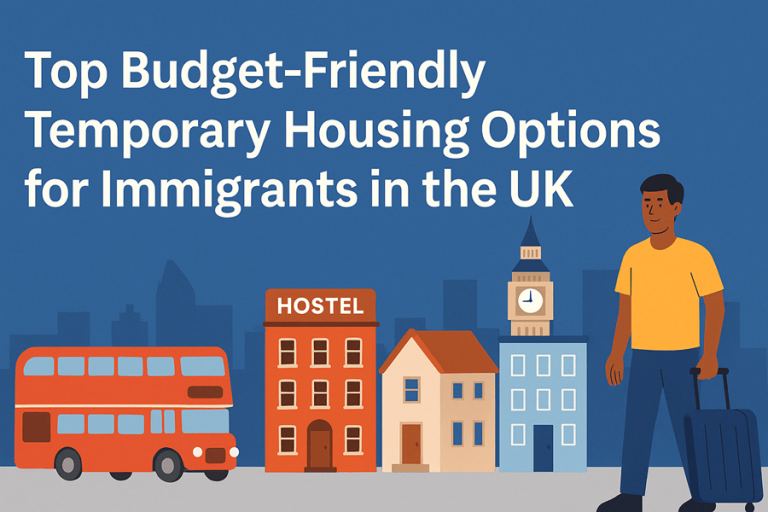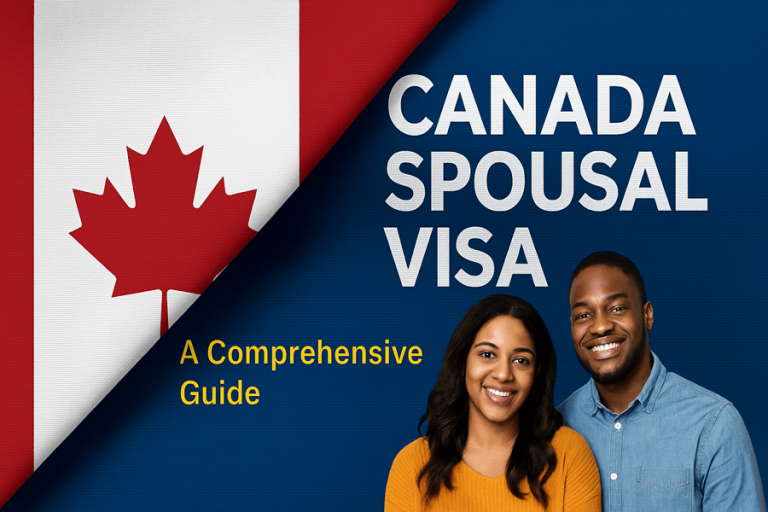How to Apply for USA Study Visa as an International Student
Dreaming of studying in the U.S.? With its top universities, diverse culture, and global opportunities, pursuing a USA student visa is a life-changing step. While the process may seem complex, thousands of African students from Nigeria, Ghana, Kenya, and beyond successfully obtain a USA study visa each year—often with ease and confidence.
This guide is tailored for international students, especially in Africa, who want a friendly roadmap. We’ll highlight essential steps, key requirements, helpful resources, and first-hand advice to ensure your application for a USA study visa is smooth and stress-free.
From choosing a university and visa type to preparing for the interview and settling into your campus life, this article offers practical tips rooted in real success stories. Let’s explore how you can make your American academic dream a reality.
Choosing Your Path: USA Study Visa Options
USA Student Visa Types: Which One Suits You?
- USA F-1 Visa – For academic or language programs at SEVP-certified institutions.
- USA M-1 Visa – For vocational or technical schools (non-academic).
- USA J-1 Visa – Exchange visitors, including scholarship or research programs.
Most students will apply for the USA student visa F-1 because it lets you study full-time and, in many cases, work part-time on-campus.
Getting Your Acceptance: The First Step Toward a USA Study Visa
Before you can apply for a USA student visa, you must first receive admission from a SEVP-approved U.S. college or university. Here’s how:
Steps to Secure Admission
- Research institutions on the official SEVP-certified school list.
- Submit applications with transcripts, personal statements, test scores (e.g., TOEFL, IELTS, SAT).
- Receive your Form I-20, which confirms your acceptance and course details.
Why the I-20 Is Crucial
Form I-20 is your invitation to begin the USA study visa process. Without it, you can’t apply. Hold onto it carefully—it’s required for your interview and visa approval.
Educational and Financial Requirements for USA Student Visa
Academic Eligibility
To qualify for a USA student visa, you must:
- Be accepted to a SEVP-approved school
- Aim for a full-time degree, certificate, or diploma
- Maintain good academic standing once enrolled
Financial Support Criteria
For your USA student visa, you need to show proof of funds to cover:
- Tuition and fees for at least one academic year
- Living expenses
- Return travel to your home country
Banks or sponsors (like parents or scholarships) must confirm sufficient funds in the form of account statements or sponsorship letters.
USA Study Visa Application Steps
Step 1: Pay the SEVIS Fee (I-901)
After receiving Form I-20, pay the SEVIS I-901 fee online. Keep the receipt—it’s required at your visa interview.
Step 2: Fill the DS-160 Form
Complete the DS-160 online application on the U.S. Department of State website. Upload a cell-style photo as specified. Once finished, save the confirmation page—it’s needed later.
Step 3: Pay Visa Application Fees
Pay $185 USD for the non-immigrant USA study visa. Keep all bank receipts and proof of payment.
Scheduling and Preparing for Your USA Study Visa Interview
Step 4: Book Your Interview Appointment
Schedule an interview at the U.S. embassy or consulate in your country (e.g., Lagos, Abuja, Nairobi, Accra). Interview wait times vary—check your local U.S. consulate website early.
Step 5: Gather All Required Documents
Be sure to bring:
- Valid passport
- Form I-20
- DS-160 confirmation
- SEVIS fee receipt
- Bank statements or sponsorship letters
- Admission letter from your school
- Academic transcripts
- Test scores (TOEFL, SAT, etc.)
Step 6: Ace the Visa Interview
Arrive early, dress neatly, and answer clearly. Focus on your study goals, financial plan, and intent to return post-graduation. Visa officers ask simple, direct questions—so stay calm and factual.
Expert tip: “Answer only what is asked—don’t volunteer extra details,” advises American counselor John Okoro.
What Comes After Your USA Study Visa Is Approved
Visa Stamp and Travel Arrangements
Once approved, you’ll receive a visa stamp (valid up to 120 days before your program starts). Use it to travel to the U.S.
Arrival and Check-In
When you arrive, the U.S. Customs and Border Protection officer will issue an admission stamp in your passport. Collect your I-94 record online afterward.
Starting School
Attend your university orientation, register for classes, and open a U.S. bank account. Take advantage of on-campus support resources—student advisors, cultural groups, and international student offices.
Working While Studying with Your USA Student Visa
On-Campus Work
With an F-1 visa, you’re allowed up to 20 hours per week on campus and full-time during breaks. Jobs include library assistant, research aide, or dining hall roles.
Optional Practical Training (OPT)
After completing your degree, you may be eligible for OPT—12 months (or up to 36 months for STEM majors) of paid work without requiring a new visa.
Common USA Study Visa Challenges: How to Avoid Pitfalls
Financial Evidence Weakness
Don’t provide an unclear or insufficient financial statement—these are major visa pitfalls.
Incomplete Application Errors
Even small typos on your DS-160 or missing documents like the SEVIS receipt can delay your visa.
Doubts About Ties to Your Home Country
Officers sometimes doubt students’ intent to return home. Be ready to explain your future plans—for family, career, or business back home.
Personal Success Story: From Accra to Atlanta
Meet Ama, who dreamed of studying engineering in the U.S. She received her USA student visa after preparing thoroughly:
- Saved money for living expenses and flight
- Answered interview questions clearly
- Showed strong family ties and post-graduation career plans
Now, Ama is thriving at Georgia Tech, working part-time, and preparing for her OPT. She encourages African students to “prepare early and show them you’re serious.”
Useful External Resources
- Official DS-160 Form & visa appointment portal: travel.state.gov
- SEVP school search: Study in the States
- SEVIS I-901 fee payment: fmjfee.com
Frequently Asked Questions (FAQs)
Do I need a scholarship to get a USA student visa?
No, but you must show proof of sufficient funds—either personal, familial, or scholarship-based.
Can I bring family while studying?
Yes, spouses and children can apply for F-2 visas (stay but not work).
Can I work off-campus?
Only with university authorization for severe financial hardship or through OPT post-graduation.
Final Checklist: USA Study Visa Application
- Obtain written acceptance from a SEVP-approved school
- Pay SEVIS I-901 fee and complete DS-160
- Pay visa fee and schedule the interview
- Bring required documents to the interview
- Travel safely and check in with your school
- Understand work rules and OPT eligibility
Conclusion
Applying for a USA study visa isn’t just about ticking boxes—it’s about proving your academic dedication, financial preparation, and future goals. With careful planning and timely action, you can proudly join the ranks of African scholars pursuing degrees in the U.S.
Stay organized, use official resources, practice your interview responses, and believe in your dreams. Your USA student visa journey starts now—step confidently toward your brighter future.





